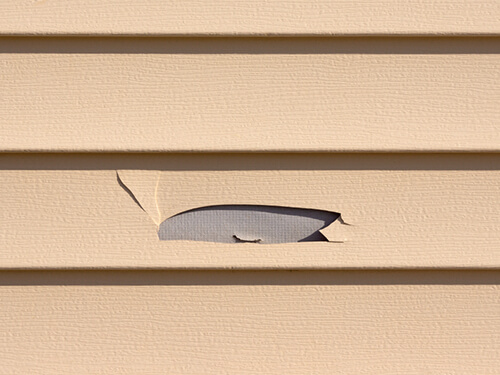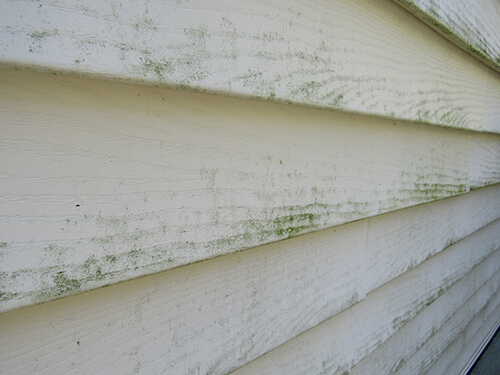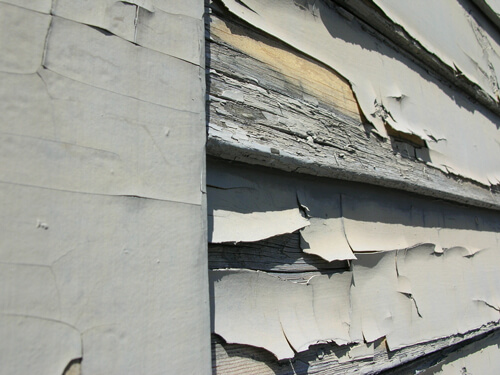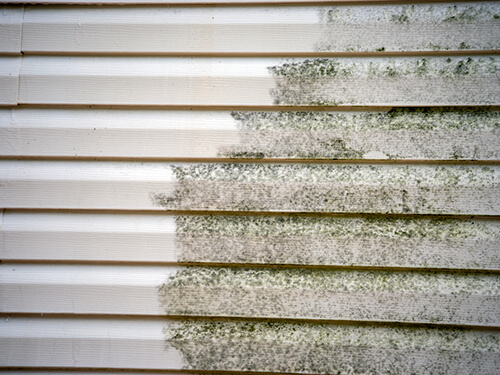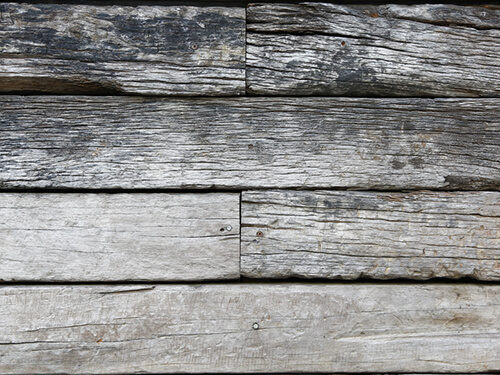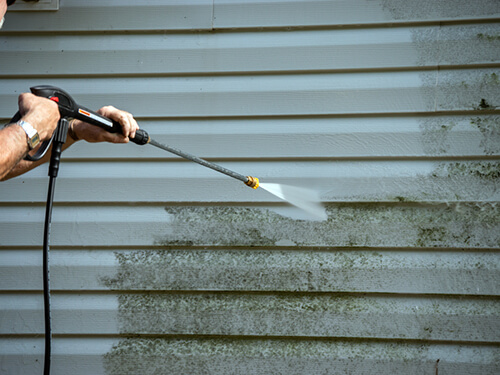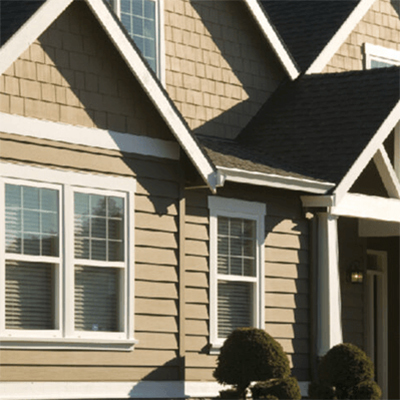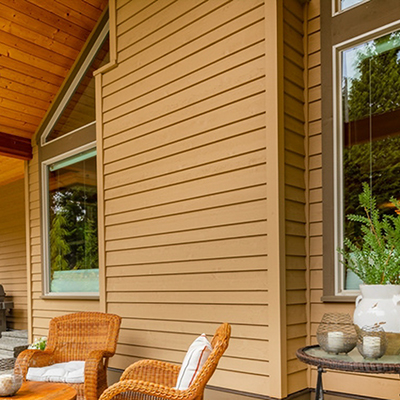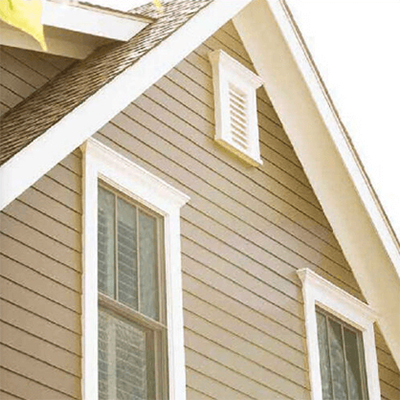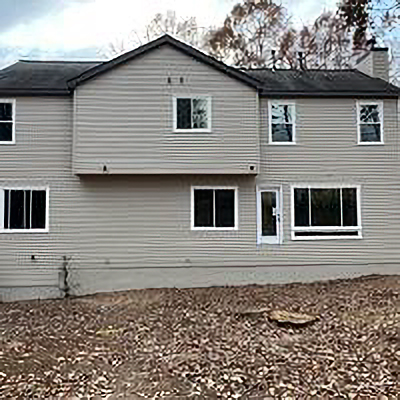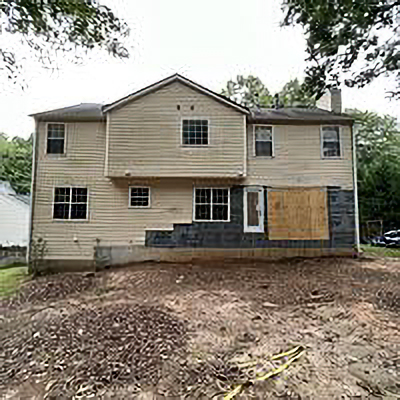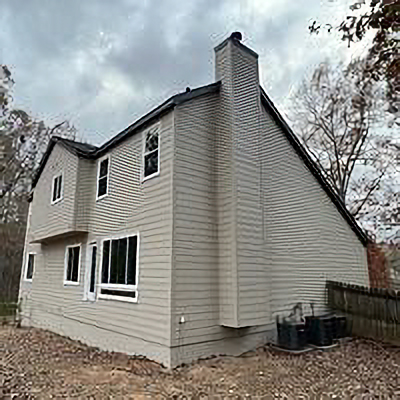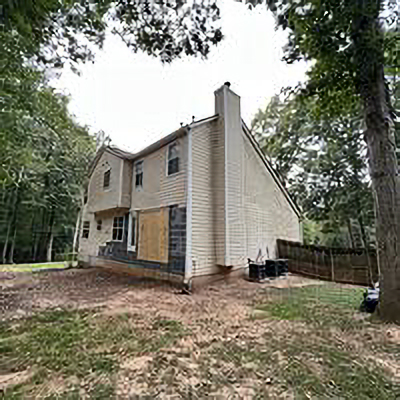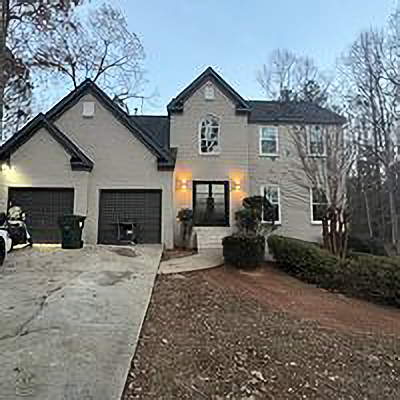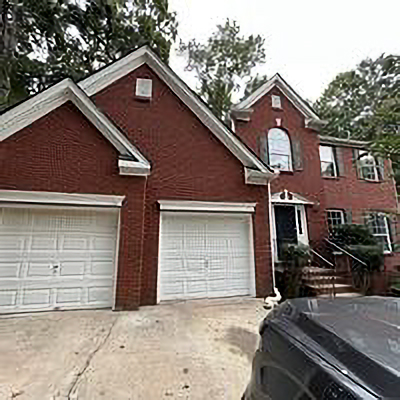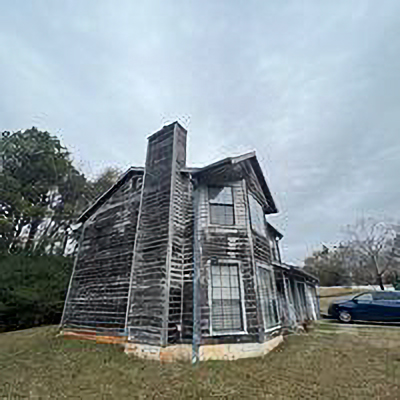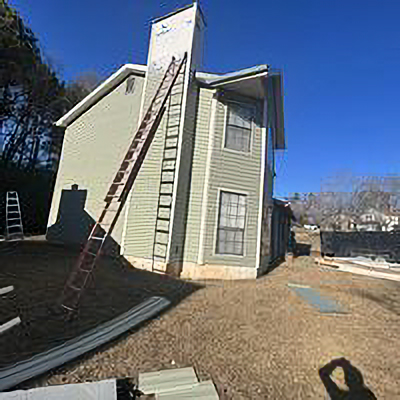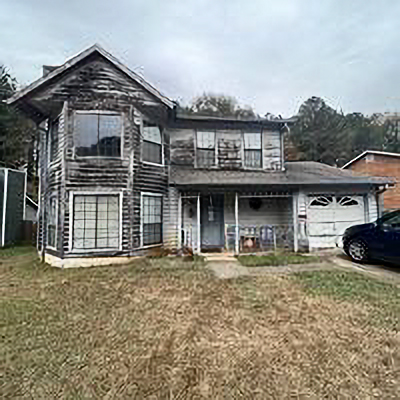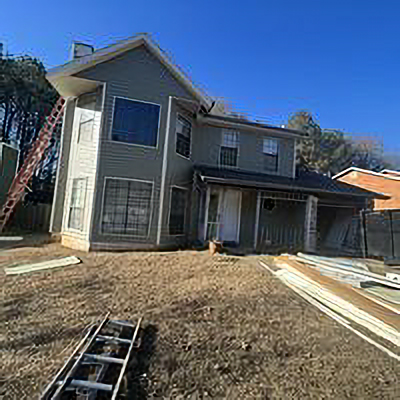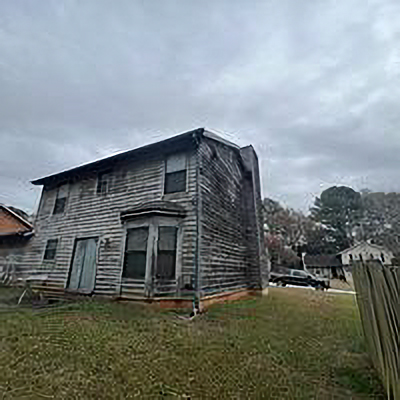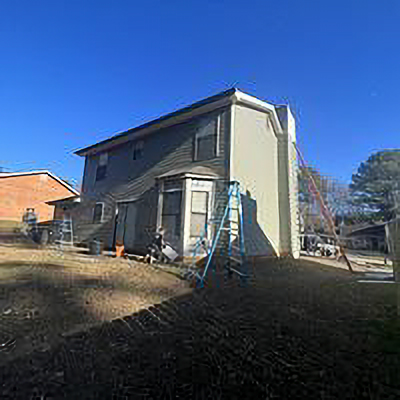Your home’s siding is its primary line of defense against pests and harsh weather; it’s like an exterior windbreaker that enables your insulation to keep your home warm in winter and cool during summer. As one of your home’s biggest curb appeal statements, siding not only helps showcase your property but also protects your home’s structural integrity. When your siding is damaged or old, it not only reduces the value of your home, it also leaves it susceptible to damage caused by moisture and other issues. The best time for siding replacement is not when a serious problem arises, but whenever you notice tell-tale signs of damage on your sidings such as cracking, warping, buckling, sagging, and water damage among other things. Knowing when to call a siding professional and have your siding replaced is something that could potentially save you a lot of money in repairs for damages caused by weakened or damaged siding. If it’s time to have your siding replaced or checked for damage, get in touch with us at America’s Best Choice for professional siding solutions. Call 770-910-9700 now to learn more about our services and for a free siding replacement estimate.
Type of Siding
Insulated Vinyl Siding:
AMERICA’S BEST CHOICE INSULATED VINYL SIDING HARMONIZES WITH ANY STYLE! PROTECTS FROM ANY WEATHER!
Insulated Siding offered by America’s Best Choice is an innovative thermal resistance and low-maintenance technology wrapped in powerful curb appeal. One look is all you need to feel its authentic cedar grain presence.
From the curb, the authentic wood grain look of our Insulated Siding displays its gorgeous looks with any architectural style and virtually any accent or trim combination. And it has the industry-leading insulation technology to look after those looks. Our Solid Core siding manages moisture and insulates beautifully— better than fiber cement, wood, engineered wood or brick, as a matter of fact. Its durability proves itself year after year with no warping, buckling or sagging, and little demand in the way of maintenance.
- No painting or scraping
- Won’t warp, buckle or sag
- Reduces external noise up to 45%
- Surprisingly green
- Life of the Home Limited Warranty
- Available profiles: Double 7″ Triple 6″, Board & Batten, and Quad 4.5″ Dutchlap
- Horizontal lap and Vertical Board & Batten profiles provide more exterior design possibilities
Non-insulated 0.40 Gauge Vinyl Siding:
HEAD-TURNING LOOKS AND EFFORTLESS LIVABILITY:
WITH AMERICA’S BEST CHOICE SIDING, YOU CAN HAVE BOTH!
Our Non-Insulated 0.40 Gauge Siding conveys the character of real wood, while exhibiting rock-solid durability, weather endurance and low maintenance. In other words, it’s every bit as practical as it is
aesthetically pleasing. With its wide range of colors, carefree upkeep and rugged wind resistance, this siding embodies well-thought-out design that stands up to the demands of time.
- Won’t warp, buckle or sag
- Color palette of traditional options
- Raised grain finish features the texture of real wood
- Designed to withstand hurricane-force winds up to 155 mph
- Low-maintenance siding never needs painting
- Industry-leading Double Lifetime Warranty
- Manufactured from recyclable materials
James Hardie Fiber Cement Siding:
AMERICA’S BEST CHOICE HARDIE® PLANK LAP SIDING
America’s Best Choice is a Hardie Certified Master Elite siding installer. We are one of the largest volume installers in the Atlanta market and earn this recognition by always installing the Hardie products per the manufacturer’s specifications. Not easy to accomplish but we wouldn’t do it any other way for our customers.
Sleek and strong, Hardie® Plank lap siding is not just our best-selling product – it’s the most popular brand of siding in America. Hardie® Plank lap siding sets the standard in exterior cladding.
Installed on over 8 million homes* from coast to coast, James Hardie® fiber cement siding products are designed to resist the most extreme conditions while delivering long term beauty and lower maintenance. Enjoy the warm, natural character of wood with unprecedented peace of mind. It’s easy to see what makes James Hardie the market leader.
Only James Hardie fiber cement products are Engineered for Climate®. They resist shrinking, swelling and cracking even after years of wet or freezing conditions. HZ10® products help protect homes from hot, humid conditions, blistering sun and more. With James Hardie siding and trim, homeowners have an exterior that’s tougher than the elements and easy on the eyes.
Not all fiber cement is the same. James Hardie HZ10 products contain the highest quality raw materials. Our unique formulation, combined with innovative product design and manufacturing processes, creates a substrate that is specifically engineered to resist moisture, cracking, shrinking and swelling for increased durability and workability.
- Perfect balance of strength and workability
- Enhanced moisture resistance for unmatched durability
- Dimensional stability
- Unique Formulation and Finishing Technology
- A complete exterior solution
- Warranty 100% for Siding 30 years and trim for 15 years.
When Do I Need to Replace the Siding on my Home?
The average homeowner might have a difficult time trying to determine whether the siding needs a deep clean or if it should be replaced. And while different siding materials have different characteristics, there are several tell-tale signs of damage that apply across the board. They include:
Cracked or Loose Siding
This could be a sign of aging or general wear and tear. Given that sidings get pounded by everything from rocks thrown by lawnmowers to baseballs to hail, they are bound to get cracks and dents. Over time, heat and age also weaken them, making them more susceptible to getting damaged. Irrespective of how extensive the damage is, cracked, loose, and broken pieces should be replaced as soon as possible to keep water from seeping through the damaged siding pieces into your insulation.
Faded or Peeling Siding
Flaking, cracking, and fading are all signs of aging and are generally caused by frost and thawing cycles and direct sunlight. Also, if the siding no longer seems to hold onto paint very well, then that’s a sign it is time to remove it and have it replaced.
Rotted or Warped Siding
Rot or warping is generally caused by water damage and affects the integrity of the siding that’s been damaged. If left unchecked, the problem could allow water to seep through to your boards, insulation, and paper underlayment. To determine if your siding has rot damage, poke the area that appears warped with a screwdriver to see if the underlayer is still solid. If it’s not, then that means the siding has rotted.
Holes or Damage
Even the tiniest of holes on your siding should be a cause for concern. Holes in siding are typically caused by insects. The problem with holes is that they make it easier for moisture to get into the sidings, causing them to rot, which leads to a whole other problem.
Mold or Mildew
Any type of growth on your siding, especially near the seams, could be a sign that water has passed through and is within the wall. Pooling water in a confined space creates the perfect conditions for mold, fungus, and mildew to thrive. Growth alone isn’t that big of a deal; however, it is a sign that there’s a lot of moisture within your walls, something that, if left unchecked could lead to serious water damage.
Bubbles in Exterior Paint, Swelling or Water Stains on the Interior
If you notice bubbling on your siding, then that means that there’s water trapped behind the boards, and that’s something you need to address right away to avoid water damage.
A Surge in Your Heating and Cooling Bills
Old or weakened insulation as well as unseen holes and gaps will reveal themselves in the form of increased electric bills each month. To ensure your indoor climate stays constant and to save on bills, make sure you have any worn or damaged sidings replaced before things get worse.
What Are the Different Types of Siding Available on the Market Today?
If you are currently planning on replacing the siding on your home, you will be glad to know that we stock and work with several types of siding. Some of the options we recommend to our customers include:
What Are Some of the Benefits of Working With America’s Best Choice?
There are many reasons to rely on America’s Best Choice as your siding replacement contractor.
- Customer Service
We do not move forward until all your queries are answered. - No Pushy Salespeople
We only recommend products that we believe are best suited for you and leave the decision to you. We are not after selling you our products just to make money. Any siding we recommend is guaranteed to solve your problem and prevent similar issues in the future. - Outstanding Results
At America’s Best Choice, customer satisfaction is our priority; which explains why we are considered one of the top siding installation and replacement services providers.
Why Choose America’s Best Choice as Your Siding Replacement Contractor?
At America’s Best Choice, we believe that our customers deserve to live in beautiful, energy-efficient, and comfortable homes. That is why we made it our goal to ensure we always provide the best siding replacement and siding installation solutions. From high-quality siding materials to a highly skilled and experienced team of technicians, we have everything you need to get your damaged siding replaced fast, efficiently, and affordably.
Get in Touch With Our Siding Experts for a Free Estimate
Your siding’s lifespan will be determined by several factors including how it was installed, the type of material used, your dedication to maintenance, and the effect mother nature has had on it. If you are looking for a quality siding replacement contractor, consider getting in touch with us at America’s Best Choice for a chance to discuss options that would best suit your needs. Call 770-910-9700 today to schedule a free consultation.

